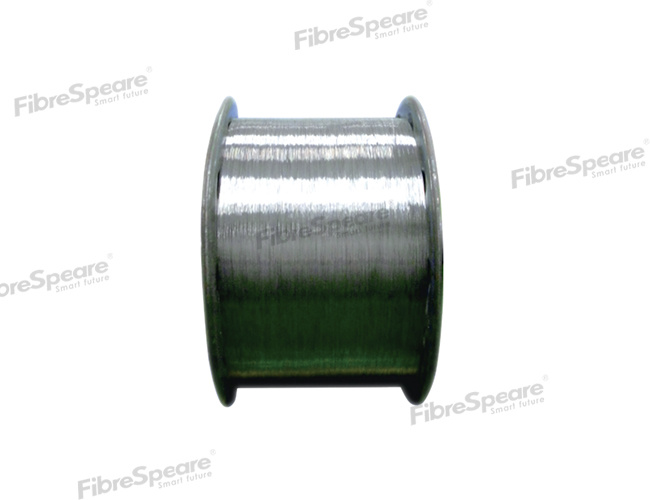Little knowledge about Fiber Optic Cable raw materials
Release time:
2023-07-25
Source:
FibreSpeare CO., LTD.
Fiber Optic Cable raw materials also incorporate strength members to provide mechanical support and reinforce their structure. Common strength members include aramid fibers (e.g., Kevlar) and fiberglass rods. These materials enhance the cable’s tensile strength, crush resistance, and protect against external forces during installation and operation.

Jacket Material
The outermost layer of a fiber optic cable is the jacket, which provides additional protection against environmental factors such as moisture, chemicals, and physical damage. Polyethylene, polyvinyl chloride (PVC), or low smoke zero halogen (LSZH) materials are commonly used for jacketing, depending on the specific application requirements.
The selection of fiber optic cable raw materials is crucial for ensuring reliable data transmission and long-term performance. Glass fiber provides the core’s essential optical properties, while buffer and coating materials protect it from external factors. Strength members and jacket materials enhance mechanical strength and environmental resistance. By carefully selecting and properly applying these raw materials, manufacturers can produce high-quality fiber optic cables that meet the demanding requirements of modern communication systems.






